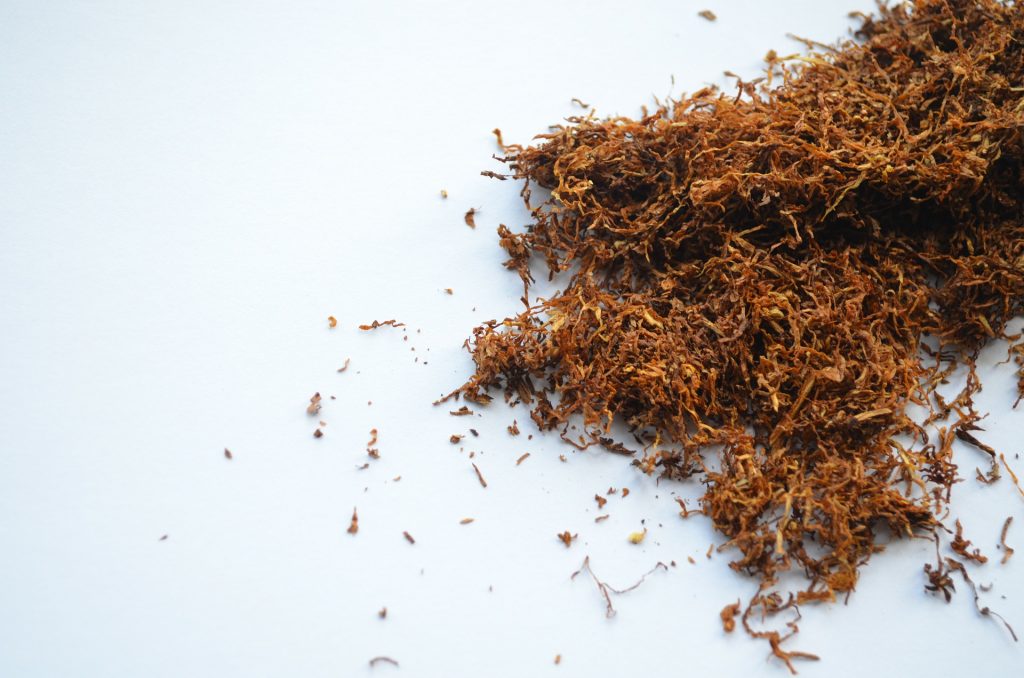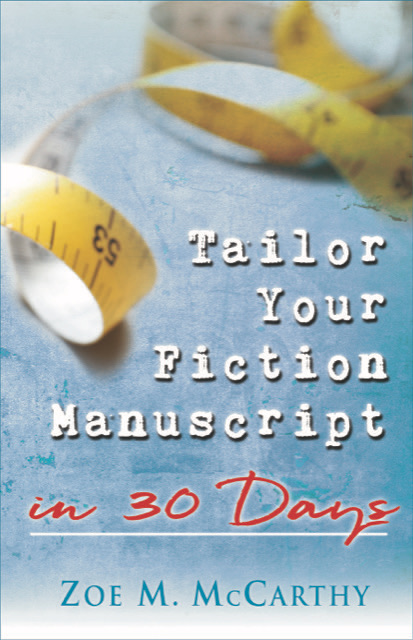
Dear Faithful Readers,
After 331 weekly blog posts, I am changing to monthly posts
to spend more time writing. I will post the third
Thursday of each month, starting with this post. Thank you.
Zoe
Writers know how important it is that their characters use their five senses in stories. Last week, I spoke about scents. Today we’ll focus on tastes.
What Characters Might Taste Besides Food
Spice up your scenes with tastes other than foods. Here are some examples.

- Blood
- Dirt
- Chewing tobacco
- Medicines
- Metal: coins, jewelry, weapon
- Sweat
- Sprays: hair, chemical, paint
- Toiletries: mouthwash, toothpaste, soap
- Water: lake, river, pool
Taste or Flavor Categories

Here are some flavor categories and specific taste descriptors. You may want to look up the descriptors in a dictionary before using them.
- Bitter/Tart – sour, acrid, acidic, vinegary, acerbic, tangy, acetous
- Fruity – any fruit flavor, citric, lemony, nectarous
- Herbal/bulbs – garlicy, oniony, thyme, cilantro
- Rancid – gamy, malodorous, stale, rotten, fishy
- Spicy – cinnamon, nutmeg, ginger
- Spicy-hot – peppery, zesty, fiery
- Salty – saline, brackish, briny
- Sharp – piquant, pungent
- Smoky – burnt, charcoal, charred
- Sweet – dulcet, honeyed, sugary, syrupy, saccharine
General Descriptors for Tastes

Here are examples of general taste describers.
- Balsamic
- Bland
- Delectable
- Flavorful
- Full-bodied
- Harsh
- Heavenly
- Juicy
- Luscious
- Mellow
- Palatable
- Rich
- Savory
- Scrumptious
- Strong
- Succulent
- Tasteless
- Tasty
- Unsweetened
- Weak
Can you add to any tastes or flavors to the above lists?
Buy Link

Zoe McCarthy’s book, Tailor Your Fiction Manuscript in 30 Days, is a fresh and innovative refocusing of your novel or novella. Through a few simple—and fun—steps, Zoe helps writers take their not-ready-for-publication and/or rejected manuscripts to a spit-polish finish. Writing is hard work, yes, but it doesn’t have to be difficult. —Eva Marie Everson, best-selling and multiple award-winning author, conference director, president of Word Weavers International, Inc.
If you want to increase your chance of hearing yes instead of sorry or not a fit for our list at this time, this book is for you. If you want to develop stronger story plots with characters that are hard to put down, this book is for you. Through McCarthy’s checklists and helpful exercises and corresponding examples, you will learn how to raise the tension, hone your voice, and polish your manuscript. I need this book for my clients and the many conferees I meet at writer’s conferences around the country. Thank you, Zoe. A huge, #thumbsup, for Tailor Your Fiction Manuscript in 30 Days. —Diana L. Flegal, literary agent, and freelance editor
Tailor Your Fiction Manuscript is a self-editing encyclopedia! Each chapter sets up the targeted technique, examples show what to look for in your manuscript, then proven actions are provided to take your writing to the next level. Whether you are a seasoned writer or a newbie, you need this book! —Sally Shupe, freelance editor, aspiring author
McCarthy crafted an amazing self-help book that will strengthen any writer, whether new or seasoned, with guidance and self-evaluation tools. —Erin Unger, author of Practicing Murder, releasing in 2019
Need to rework your book? Zoe M. McCarthy’s step-by-step reference guide leads you through the process, helping you fight feeling overwhelmed and wrangle your manuscript and into publishable shape in 30 days. Tailor Your Manuscript delivers a clear and comprehensive action plan. —Elizabeth Spann Craig, Twitteriffic owner, bestselling author of the Myrtle Clover Mysteries, the Southern Quilting Mysteries, and the Memphis Barbeque Mysteries http://elizabethspanncraig.com/blog/


 RSS - Posts
RSS - Posts



Great information, Zoe! Thanks for all you share with the writing community!
You’re welcome, Kim. Thanks for the encouragement.
Love the title of this blog. Very helpful. How about ‘creamy’.
In my research, your word creamy was listed under taste textures. Also, crumbly, crunchy, and greasy.